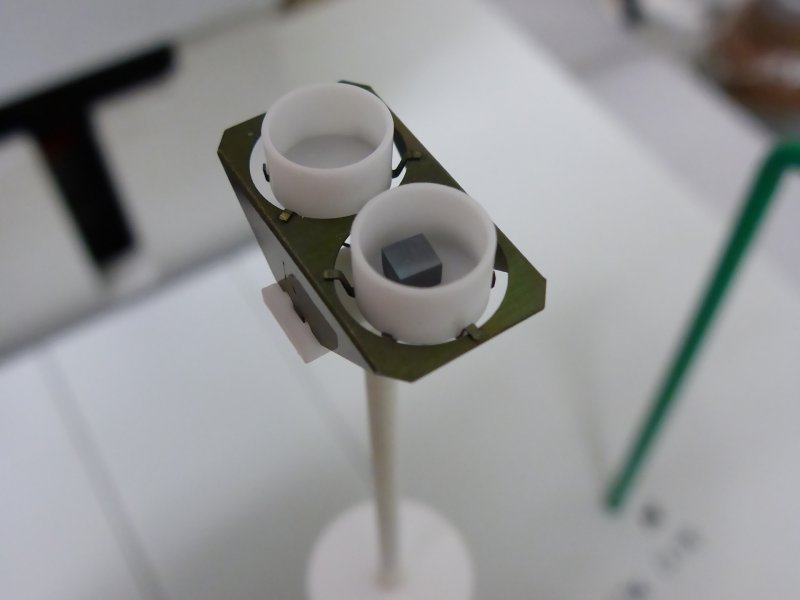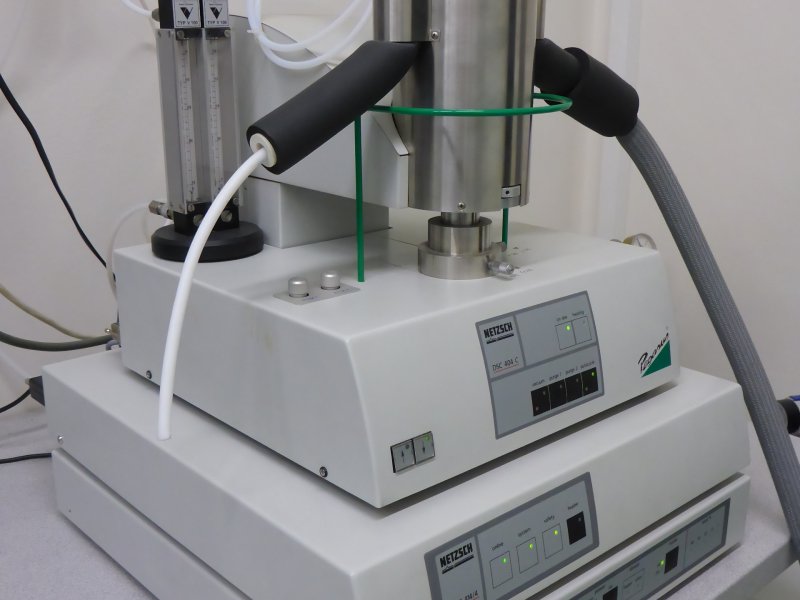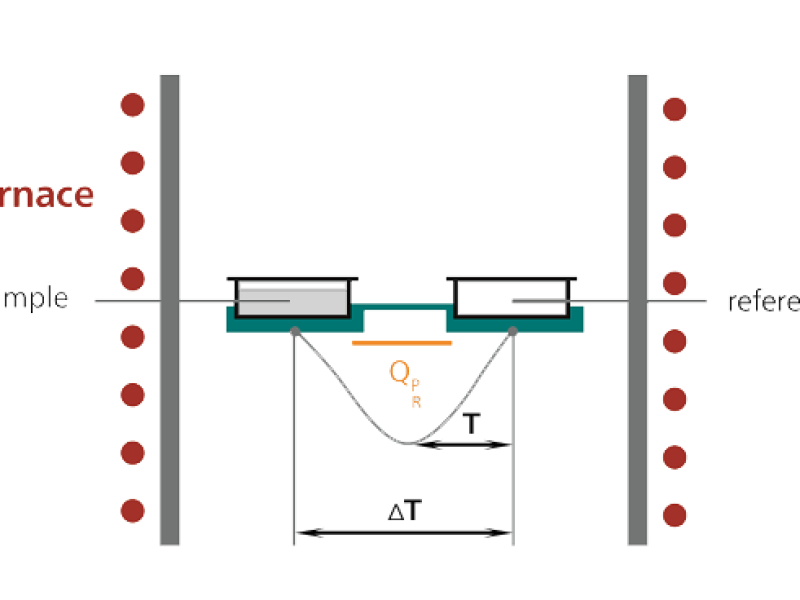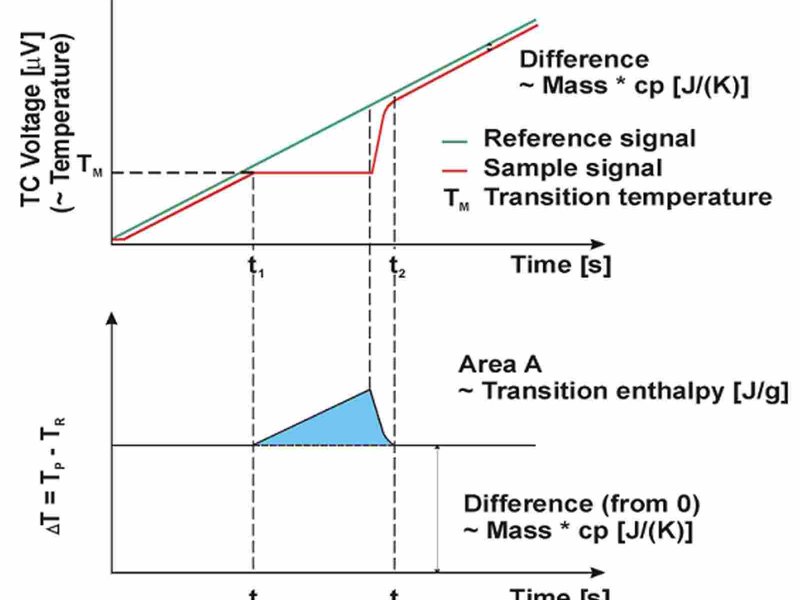Differential Scanning Calorimetry (DSC)
Differential scanning calorimetry is an experimental method used for examination of thermal effects related to phase transformations in materials. These thermal effects can be studied in dependence on temperature or time during a defined temperature program. Many phase transformations in materials are accompanied by heat emission (exothermic reaction) or absorption (endothermic reaction). This type of process is denoted as a phase transformation of the first order and it is detected as a peak in a DSC experiment. Transformations of the second order are not associated with heat emission or absorption but the heat capacity changes abruptly during this type of phase transformation. This change in the heat capacity is observed as an abrupt change of the DSC baseline. In a DSC experiment, the differences in heat flow to a sample and to a reference are measured during a predefined temperature program. An inert material (i.e. a material which does not undergo any phase transitions in the studied temperature range) is used as a reference – most commonly an empty crucible.
There is a so-called heat-flux DSC (Netzsch DSC 404 C Pegasus) in our laboratory. In this type of DSC instrument, the sample and the reference are placed on separate temperature sensors connected by a plate which allows heat transfer between the sample and the reference pans. The sample and the reference are heated equally and the temperature difference (i.e. the difference of thermoelectric voltages on individual thermocouples) is detected. After a proper calibration of the instrument, it is possible to determine transformation temperatures or calculate specific heat and latent heat.
Technical specification:
Temperature range:
-200 - 1000 °C (low temperature furnace)
RT - 1650 °C (high temperature furnace)
Sample holder:
-160 - 800 °C with a type K thermocouple
RT - 1500 °C with a type S thermocouple
Heating rate:
0,01 – 50 °C/min
Atmosphere:
Inert (Ar, He), vacuum, air
Crucibles:
Al2O3 (up to 1700 °C), Al (up to 600 °C), Pt/Rh (up to 1700 °C)
Sample:
Mass of order of units or several tens of milligrams, ground and clean surface, flat shape for a better thermal contact with the sensor, the longest linear dimension less than 6 mm.
Contact: RNDr. Jana Šmilauerová, Ph.D.






